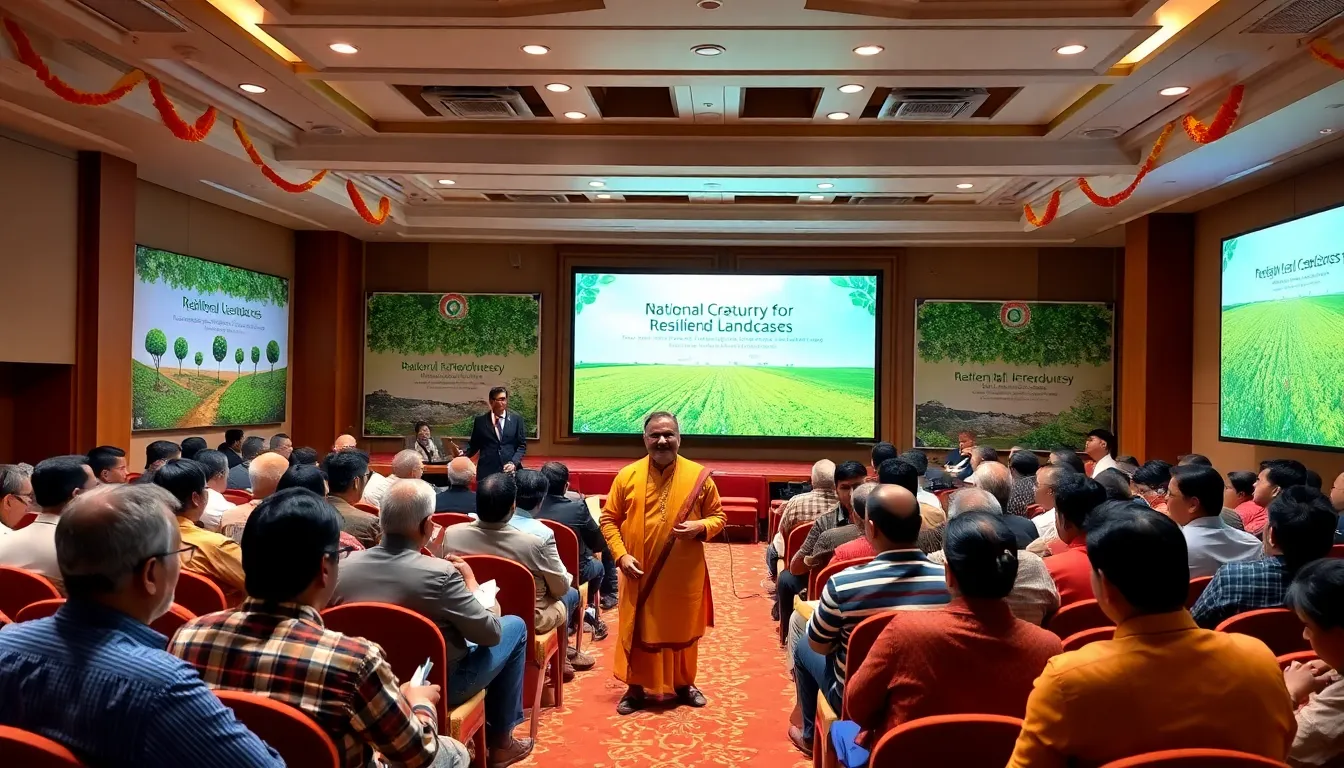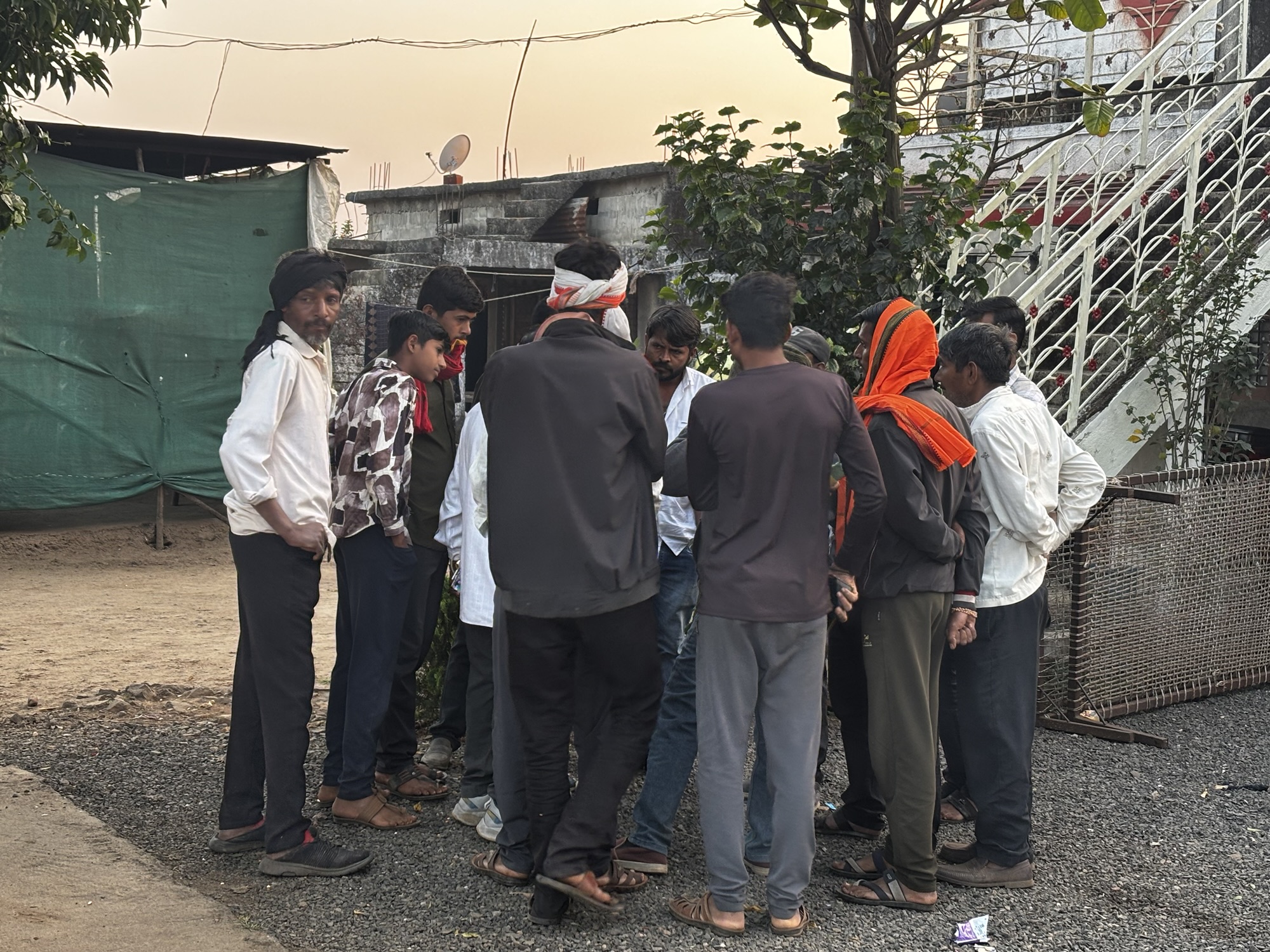A national workshop on agroforestry took place on 25th June 2025 in New Delhi. This event focused on improving rainfed agriculture in India. The workshop was called “Agroforestry for Resilient Rainfed Landscapes” and was held at the National Agricultural Science Centre. It was jointly organized by the National Rainfed Area Authority (NRAA), the Natural Resource Management Division, and the Revitalising Rainfed Agriculture Network.
Shri Devesh Chaturvedi, Secretary of the Department of Agriculture & Farmers Welfare, opened the workshop. He spoke about the importance of agroforestry for sustainable farming. He noted that agroforestry can help combat land degradation and improve rural livelihoods. This is crucial since over 50% of India’s cultivated land is rainfed.
Experts from various fields attended the workshop. They included scientists, policymakers, and community leaders. They discussed several topics related to agroforestry. These included ways to implement agroforestry models, share community experiences, and identify policy issues. Participants also talked about how to connect government schemes to support farmers better.
The discussions emphasized the need for cohesive action. The experts agreed that to scale up agroforestry, supportive policy reforms are essential. Improved coordination between institutions and knowledge-sharing platforms are also needed. This collaborative approach will help farmers access resources and information effectively.
The workshop highlighted five main strategies for enhancing agroforestry in rainfed areas:
1. Unlock Carbon Potential for Farmers: Agroforestry can act as a carbon sink. Farmers can benefit from carbon credit systems and ecosystem service payments.
2. Enable Whole Ecosystem Planning: This means planning that includes not just trees, but also water, soil, and biodiversity management.
3. Institutionalise Convergence: A dedicated working group should be established to ensure that different government schemes work together effectively. This includes programs like MGNREGA and PMKSY.
4. Reform Unfavourable Restrictions: The legal rules around tree felling and transport need to be revised. This will allow farmers to harvest and sell agroforestry products more easily.
5. Target Land Degradation Neutrality: Local communities should lead planning efforts to address land degradation using agroforestry solutions.
Participants recognized that scaling agroforestry requires a shift in approach. It is not only about planting trees but also about planning, financing, and supporting policies. Key takeaways included designing flexible financing systems for agroforestry and encouraging partnerships with industry. This could help build value chains for timber, fruits, and carbon credits.
The role of local governance and community organizations is vital. Strengthening these institutions will enhance the execution of agroforestry initiatives. Dr. Sabyasachi Das, a key expert, stated that agroforestry should be viewed as both a climate and livelihood strategy. This is especially important in rainfed regions, where agriculture is vulnerable to climate changes.
The workshop concluded with a strong endorsement of agroforestry. It was recognized as essential for sustainable agricultural transformation. The collaboration between NRAA, DA&FW, and RRA Network shows promise for the future. India’s goal to restore 26 million hectares of degraded land by 2030 underscores the importance of agroforestry. It is now a central solution for the country’s development and climate adaptation efforts.





